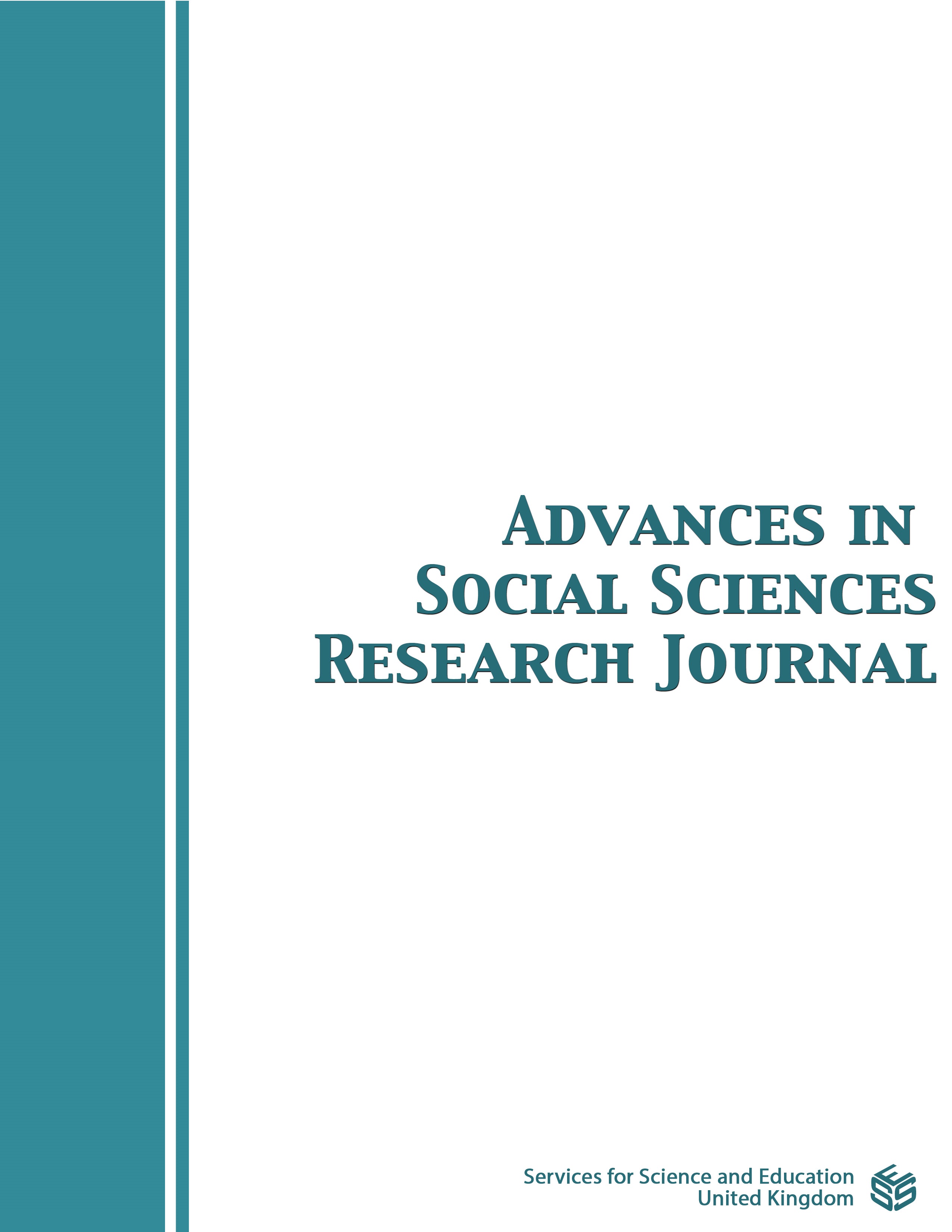Genetics or Environment: Tracing the Root Cause of Increasing Homosexual Population
DOI:
https://doi.org/10.14738/assrj.94.12273Keywords:
Birth order, Environment, Genetics, Homosexuality, Sexual Orientation.Abstract
The number of homosexuals at present is enormously increasing in the Philippines. These homosexuals established themselves in the academe, government, services, industry and in the private sectors. They contributed a lot in the society shaping government policies where they were given attention especially in their demands of acceptance and equality. However, some homosexuals are also contributing the spread of disease particularly HIV-AIDS due to their sexual practices and activities. The increase of this group of individuals causes a distortion on the growth of human population since they do not produce offspring due to same sex partnership. This study investigated the root cause of homosexuality and the link of these homosexual’s sexual orientation and behavior with its family influences, environment, exposure to violence and childhood experiences. It has been a long debate known as nature-nurture debate whether homosexuality is caused by genetics or environment. Using a constructed validated questionnaire, four hundred fifty-five persons that have tendencies to be homosexuals were selected and their responses were gathered. Describing their sexual orientations, out of the total 455 individuals, 56 (12.3%) were straight males and 88 (19.34%) were straight females, 96 (21.09%) admitted to be bisexual, 123 (27.03%) were gays and 91 (20%) were lesbians. The results of data analysis using Chi-square test, showed that there was a significant association between the sexual orientation and the birth order as well as an individual having a homosexual sibling and history of childhood abuse.
References
Jannini, E., Blanchard, R., Campirio-Ciani, A, Bancroft, J. (2010). Male homosexuality: Nature or Culture? Journal of Sexual Medicine. Volume 7, issue 10, pp.3245-3252.
University of La Trobe (2018) "What does LGBTIQA+ mean". www.latrobe.edu.au. Archived from the original on 13 October 2018.
Thompson and Devine. “Homosexuality: Biologically or Environmentally Constructed?” Online April 2003. Available: http://jrscience.wcp.muohio.edu/Research/HNatureProposalsArticles/Homosexuality.biologicall.html
German Institute of Human rights (2013). Sexual orientation and gender identity as human rights issues in development cooperation. Deutsche Gesellschaft für Internationale Zusammenarbeit (GIZ) GmbH, Germany.
Begley, S. (2008). Does DNA Make Some Men Gay? Newsweek Magazine, Updated 2/20/08. Retrieved from http://www.newsweek.com/id/113943 on 9/3/2008.
Paulk, J, Haley, M. (2001). The Roots and Causes of Male Homosexuality (The Truth Comes Out). Love won out Series. Publisher: Focus on the Family
Wardle L.D. (2007), The Biological Causes and Consequences of Homosexual Behavioral and Their Relevance for Family Law Policies, 56 DePaul L. Rev. 997. Available at: https://via.library.depaul.edu/law-review/vol56/iss3/11
Queen Mary University of London (2008). Homosexual behavior due to genetics and environmental factors. Archives of Sexual Behavior. https://www.eurekalert.org/news-releases/814557
Ismael Maatouk, I., Jaspal, R. (2022). Internalized Sexual Orientation Stigma
and Mental Health in a Religiously Diverse Sample of Gay and Bisexual Men in Lebanon, Journal of Homosexuality, DOI: 10.1080/00918369.2022.2030617
Blanchard, R., Bogaert, A.F. (1996) Homosexuality in men and number of older brothers. America Journal of Psychiatry 153, 27–31 (1996).
Miller, E.M. (2000). “Homosexuality, Birth Order, and Evolution: Toward an Equilibrium Reproductive Economics of Homosexuality”. Archives Sexual Behavior Vol. 29 No.1 https://doi.org/10.1023/A:1001836320541
Bogaert, A.F., Skorska, M.N., Wang, C., Blanchard, R. (2017). Male homosexuality and maternal immune responsivity to the Y-linked protein NLGN4Y. PNAS. USA 115, 302–306. https://doi.org/10.1073/pnas.1705895114
Balthazart, J. (2018). Fraternal Birth Order Effect on Sexual Orientation Explained. PNAS.Vol.115,No.2,pp.234-236.https://doi.org/10.1073/pnas.1719534115
Currin, J.M., Hubach R.D., & Gibson, L. (2015). Multidimensional Assessment of Sexual Orientation and the Fraternal Birth Order Effect. American Psychological Association. http://dx.doi.org/10.1037/sgd0000103
Blanchard, R. (2007). Review and theory of handedness, birth order and homosexuality in men. Pages 51-70 | Received 03 Jul 2007, Published online: 29 Nov 2007 https://doi.org/10.1080/13576500701710432
Sweet, T. & Welles, S.L. (2012) Associations of Sexual Identity or Same-Sex Behaviors with History of Childhood Sexual Abuse and HIV/STI Risk in the United States. Epidemiology and Prevention. Retrieved from www.jaids.com
Downloads
Published
How to Cite
Issue
Section
License
Copyright (c) 2022 Jonald Pimentel

This work is licensed under a Creative Commons Attribution 4.0 International License.
Authors wishing to include figures, tables, or text passages that have already been published elsewhere are required to obtain permission from the copyright owner(s) for both the print and online format and to include evidence that such permission has been granted when submitting their papers. Any material received without such evidence will be assumed to originate from the authors.






